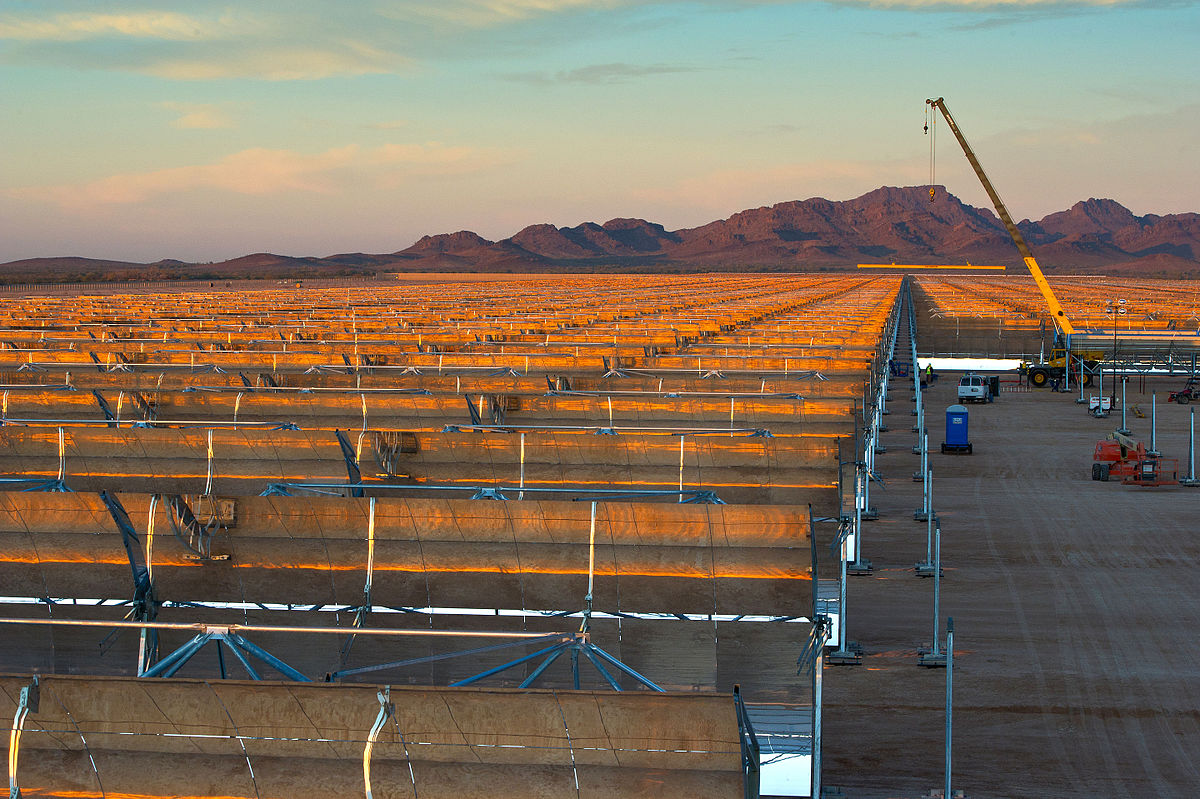Bingo! I suspect in 20 years it'll be the latter, only us consumers won't have to figure it out. TOU rates will be adjusted to charge more when power isn't renewable.
Our cars and appliances will be aware of those rates, and will charge/use power when it's cheapest, without us really noticing or caring... except for the lower power bills.
Thermostats are already offering this feature in some areas; it'll become more common as time goes on and utilities figure it out.
Until then, low-tech options like using the '4 hours delay' button on dishwashers and clothes dryers let highly motivated users save a little money when faced with high TOU rates, but that's more than most users are willing to do.
Our cars and appliances will be aware of those rates, and will charge/use power when it's cheapest, without us really noticing or caring... except for the lower power bills.
Thermostats are already offering this feature in some areas; it'll become more common as time goes on and utilities figure it out.
Until then, low-tech options like using the '4 hours delay' button on dishwashers and clothes dryers let highly motivated users save a little money when faced with high TOU rates, but that's more than most users are willing to do.



Comment